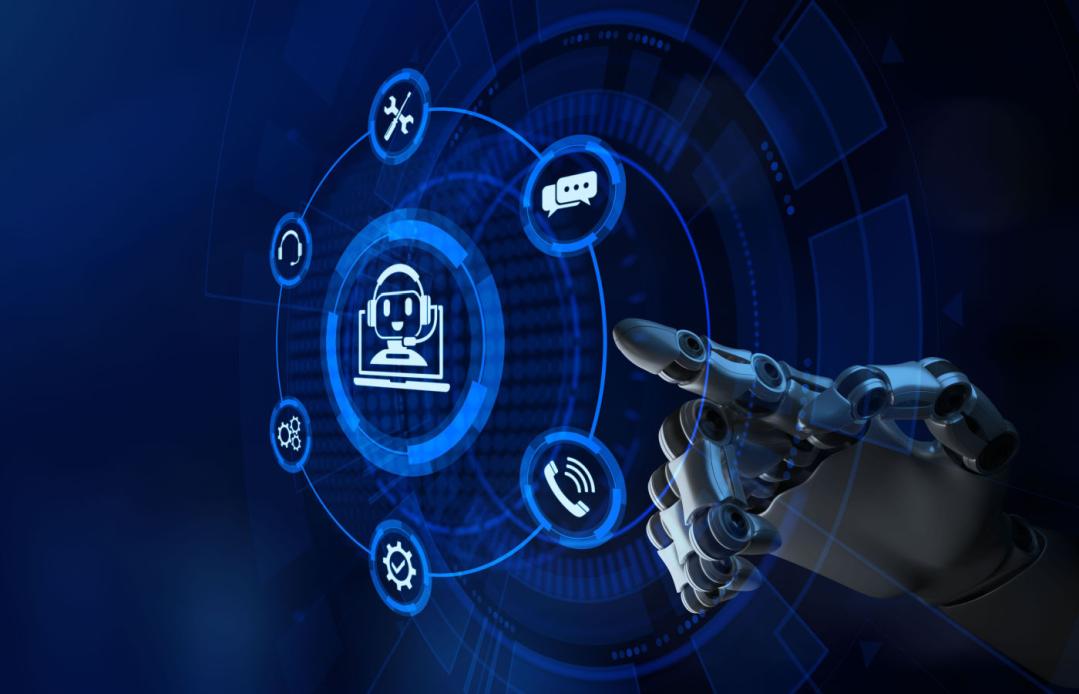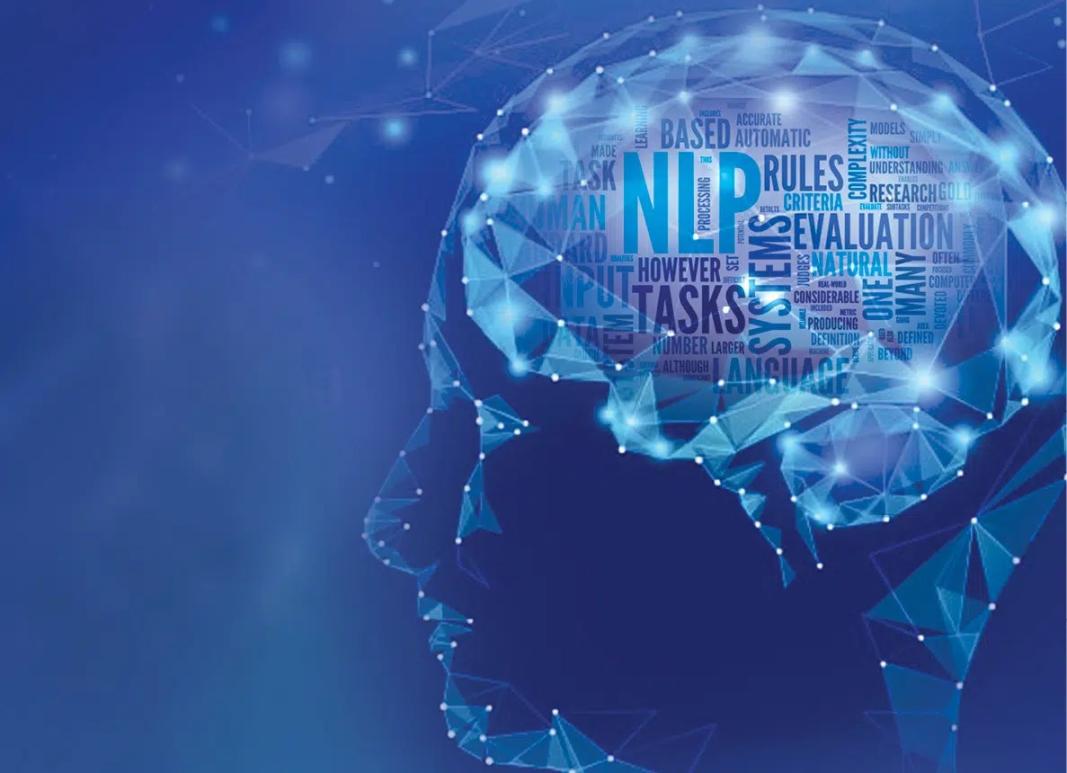Exploring the Frontiers of Natural Language Processing and Artificial Intelligence: Pushing the Boundaries of Human-Machine Interaction
In the realm of human-machine interaction, Natural Language Processing (NLP) and Artificial Intelligence (AI) stand as transformative forces, reshaping the way we communicate and interact with technology. This article delves into the frontiers of NLP and AI, exploring their profound impact on human-machine interaction and unveiling the boundless possibilities that lie ahead.

Definition Of Natural Language Processing (NLP) And Artificial Intelligence (AI)
Natural Language Processing (NLP) encompasses the ability of computers to understand, interpret, and generate human language. It involves various tasks such as text classification, sentiment analysis, machine translation, and dialogue generation. NLP empowers machines to comprehend the complexities of human language, enabling seamless communication and interaction between humans and computers.
Artificial Intelligence (AI), a broader field encompassing NLP, involves the development of intelligent systems capable of performing tasks typically requiring human intelligence. AI encompasses techniques such as machine learning, deep learning, and natural language processing, enabling machines to learn, reason, and make decisions autonomously.
Significance Of NLP And AI In Human-Machine Interaction
- Enhanced Communication: NLP and AI facilitate natural and intuitive communication between humans and machines, enabling users to interact with technology using everyday language.
- Personalized Experiences: AI systems can analyze user preferences and behaviors, tailoring interactions and recommendations to individual needs and contexts.
- Improved Decision-Making: AI algorithms can process vast amounts of data, identifying patterns and insights that aid human decision-making.
- Automation of Repetitive Tasks: NLP and AI technologies automate routine and repetitive tasks, freeing up human workers to focus on more strategic and creative endeavors.
Current State Of NLP And AI In Human-Machine Interaction

The convergence of NLP and AI has led to remarkable advancements in human-machine interaction. Recent years have witnessed the proliferation of NLP and AI-powered applications across diverse domains:
- Conversational AI and Chatbots: AI-driven chatbots and virtual assistants provide customer support, answer queries, and engage in natural language conversations.
- Machine Translation: NLP-based translation tools break down language barriers, enabling real-time communication and understanding across different languages.
- Text Generation and Summarization: AI-powered tools generate coherent and informative text summaries, aiding content creation and information extraction.
- Sentiment Analysis and Emotion Recognition: NLP algorithms analyze text and speech to detect and interpret human emotions, facilitating sentiment analysis and mental health monitoring.
Challenges And Limitations Of Current NLP And AI Systems
- Limited Contextual Understanding: Current NLP and AI systems often struggle to grasp the nuances and context of human language, leading to misinterpretations and errors.
- Bias and Fairness Concerns: NLP and AI systems can inherit and amplify biases present in training data, leading to unfair or discriminatory outcomes.
- Explainability and Transparency: The complexity of NLP and AI models often makes it challenging to explain their decision-making processes, hindering trust and accountability.
Frontiers Of NLP And AI In Human-Machine Interaction
The future of NLP and AI in human-machine interaction holds immense promise, with ongoing advancements pushing the boundaries of what is possible:
Conversational AI And Chatbots:
- Advances in Dialogue Systems: Improved dialogue systems will enable AI assistants to engage in more natural, empathetic, and contextually aware conversations.
- Personalized Interactions: AI assistants will adapt to individual communication styles, preferences, and emotional states, enhancing the user experience.
Machine Translation:
- Multilingual NLP Models: NLP models capable of handling multiple languages simultaneously will facilitate seamless communication across different cultures and regions.
- Real-Time Translation: AI-powered translation tools will provide real-time translation of spoken and written language, breaking down language barriers in real-time conversations.
Text Generation And Summarization:
- AI-Powered Content Creation: AI will generate high-quality, engaging content, including articles, stories, and marketing copy, aiding content creators and marketers.
- Enhanced Summarization: AI algorithms will provide comprehensive and accurate summaries of complex documents, aiding decision-making and knowledge discovery.
Sentiment Analysis And Emotion Recognition:
- Emotion Detection in Speech: AI systems will analyze vocal patterns and intonations to detect and interpret human emotions from spoken language.
- Mental Health Monitoring: AI-powered tools will aid mental health professionals in monitoring and analyzing patient情绪, enabling early intervention and support.
Pushing The Boundaries Of Human-Machine Interaction

As NLP and AI technologies continue to evolve, we can anticipate transformative advancements in human-machine interaction:
Seamless And Intuitive Interfaces:
- Natural Language Interfaces: AI systems will understand and respond to natural human language, enabling users to interact with technology using everyday speech or text.
- Adaptive User Interfaces: User interfaces will adapt to individual preferences, contexts, and environments, providing a personalized and seamless experience.
Personalized And Context-Aware Interactions:
- Learning and Adaptation: AI systems will learn from user interactions, adapting their responses and recommendations to individual preferences and behaviors.
- Proactive Assistance: AI assistants will anticipate user needs and provide proactive assistance, offering relevant information and recommendations before they are explicitly requested.
Ethical And Responsible AI:
- Addressing Bias and Fairness: AI developers will prioritize addressing bias and promoting fairness in NLP and AI systems, ensuring equitable outcomes for all users.
- Transparency and Accountability: NLP and AI systems will be designed to be transparent and accountable, allowing users to understand how decisions are made and providing mechanisms for redress.
The convergence of Natural Language Processing and Artificial Intelligence is revolutionizing human-machine interaction, opening up new avenues for communication, collaboration, and decision-making. As these technologies continue to advance, we can anticipate even more transformative applications that will redefine the way we interact with technology and shape the future of human-machine interaction.
The continued exploration and responsible development of NLP and AI technologies hold immense promise for enhancing human capabilities, fostering understanding, and driving progress across diverse domains. By embracing the frontiers of NLP and AI, we can unlock the full potential of human-machine interaction, creating a future where technology seamlessly complements and empowers human endeavors.
YesNo

Leave a Reply